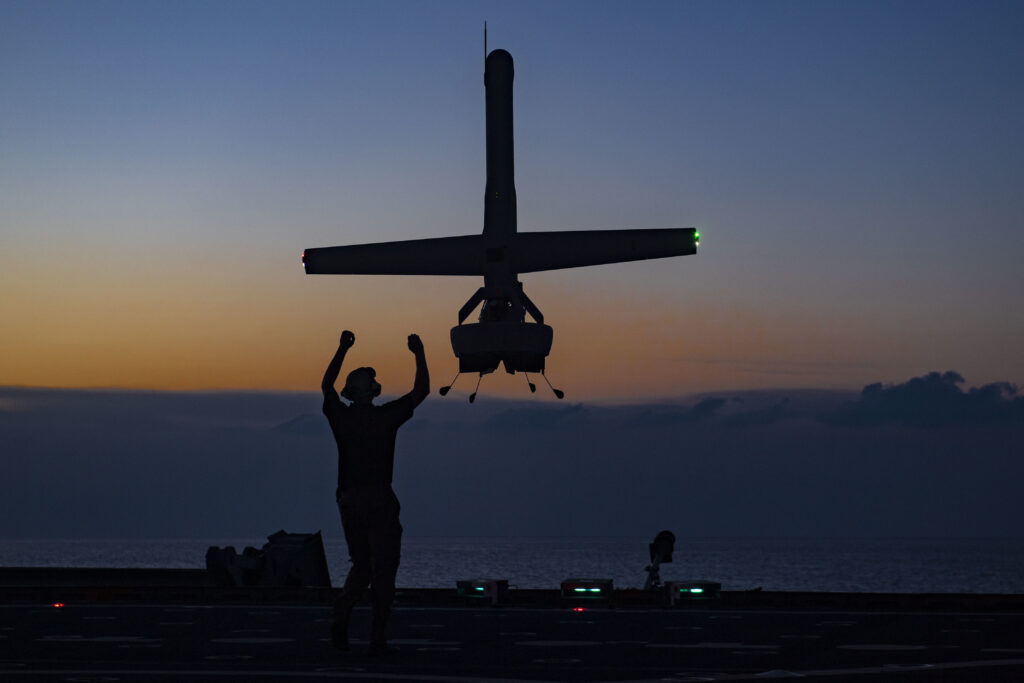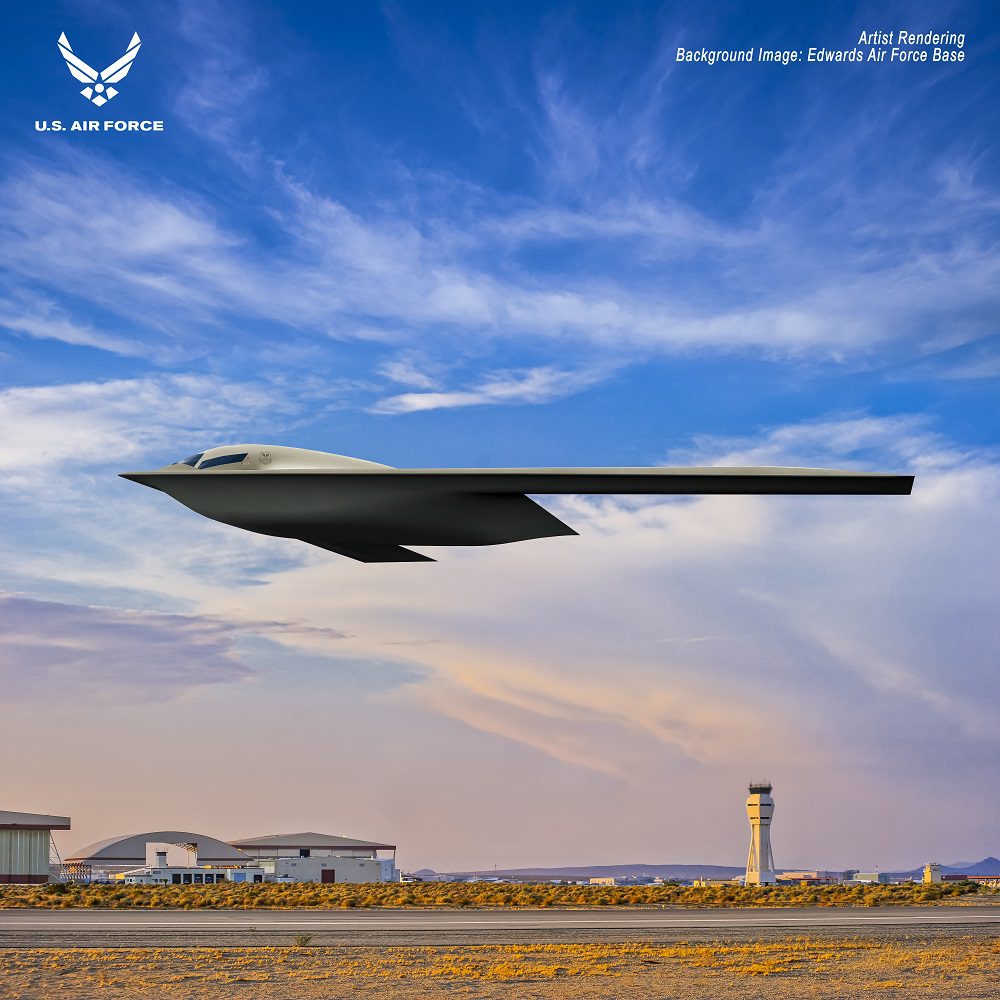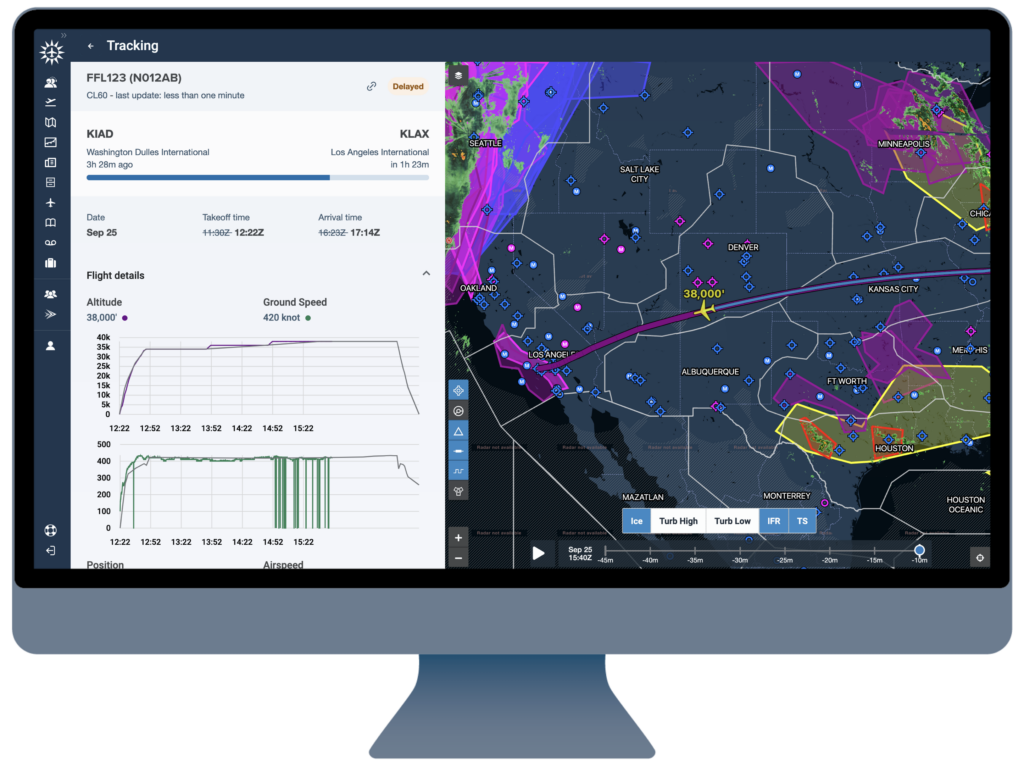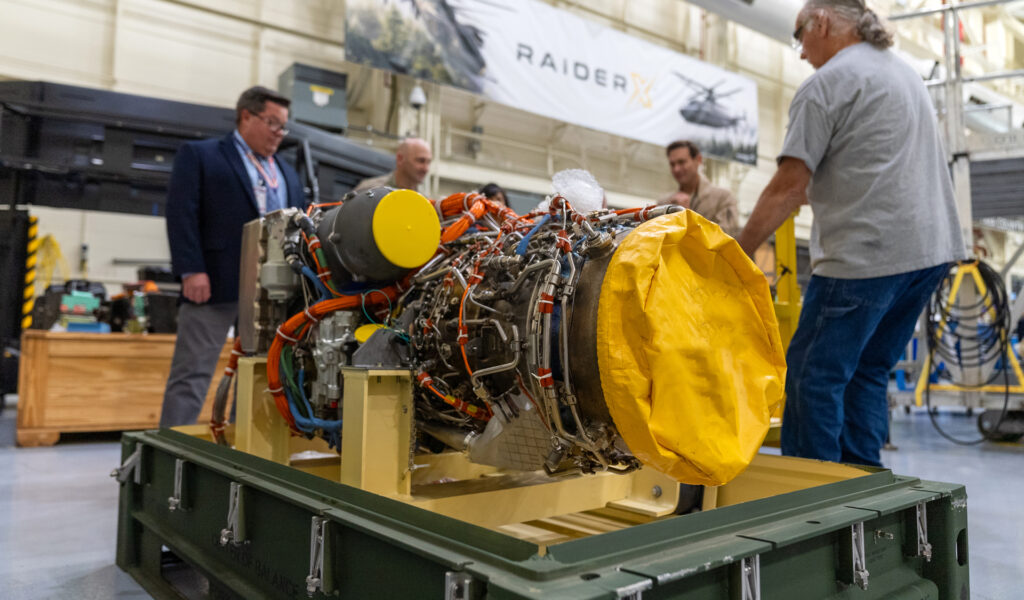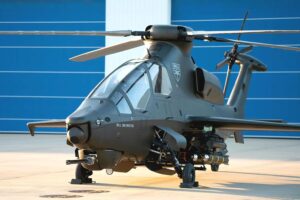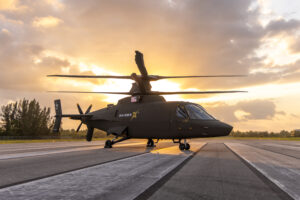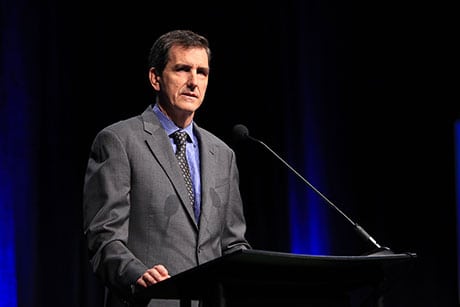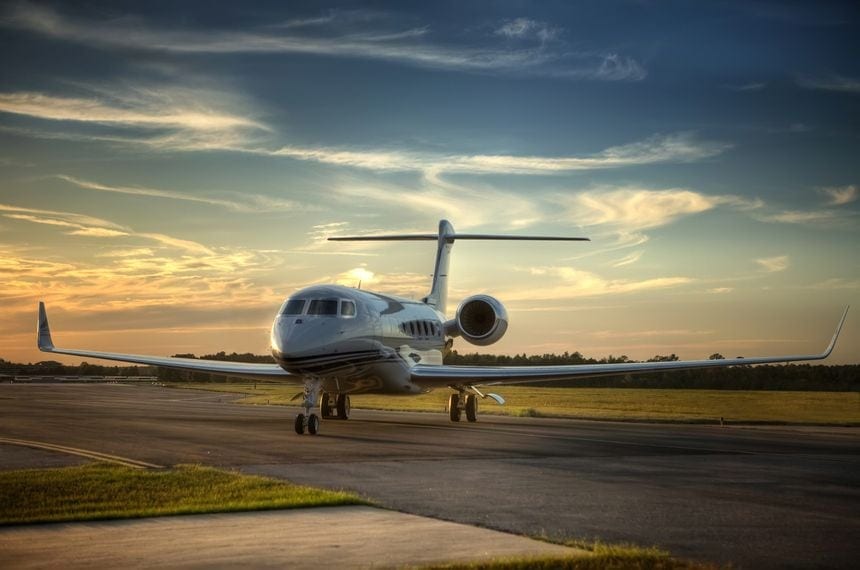EBAA Taps EU Legislator, Businessman and Transport Advocate Holger Krahmer as Secretary General

The European Business Aviation Association (EBAA) has named European Union parliamentarian and businessman Holger Krahmer as its new Secretary General.
Krahmer, a German citizen, will take over the top spot at EBAA on Jan. 1.
Krahmer succeeds previous EBAA Secretary-General Athar Husain Khan, who passed away earlier this year.

Holger Krahmer. EBAA photo
His tenure in the European Parliament, from 2004 to 2014, saw him focus on the transport sector, driving the incorporation of airlines into the EU’s Emission Trading Scheme and the Single European Sky initiative.
Krahmer previously served as director of European Affairs for automotive manufacturer Opel/Groupe PSA. He also has served as the head group representative Office of Mercedes-Benz in Brussels. His professional roots are in the banking sector, where he worked for Commerzbank and Berliner Bank from 1990 to 2004.
“Being intimately familiar with the challenges of the European transportation sector and how the European institutions work,” Krahmer said. “I look forward to this exciting position and I am well aware of the huge tasks that lie ahead to ensure that Business Aviation will continue to thrive, connect regions and enable economic and societal development as well as serve as an incubator for innovations to the overall aviation industry.”
EBAA Chairman Juergen Wiese said Krahmer was the right person to lead European business aviation through current and future challenges.
“Given his diverse industry experience, notable tenure in Brussels as a legislator, and a commendable record in transport industry advocacy, we are optimistic about fortifying both EBAA and European Business Aviation under his guidance,” Wiese said in a statement.
The U.S. National Business Aviation Association (NBAA), applauded Krahmer’s elevation to the senior position at its European counterpart. NBAA President and Chief Executive Ed Bolen praised Krahmer’s experience in both government and transportation. The two associations have long collaborated on issues impacting the industry on both sides of the Atlantic, including those pertaining to safety, security, sustainability, workforce development and other concerns.
“Holger brings to the position a background in both government service and transportation-sector advocacy,” Bolen said in a statement. “His ability to leverage effective partnerships will serve the industry well, especially at a moment characterized by significant challenges and promising opportunities. We look forward to working with him and his team to advance our shared priorities in Europe and around the world.”
—————
Boost Internet Speed–
Free Business Hosting–
Free Email Account–
Dropcatch–
Free Secure Email–
Secure Email–
Cheap VOIP Calls–
Free Hosting–
Boost Inflight Wifi–
Premium Domains–
Free Domains






